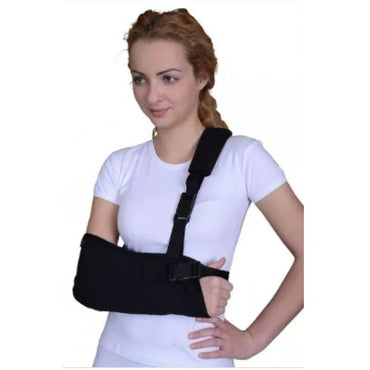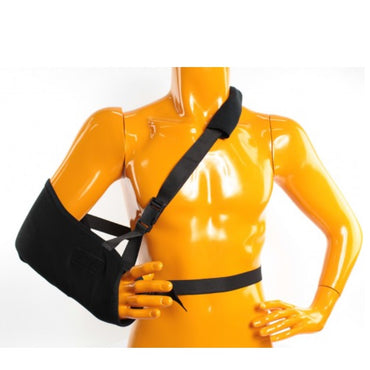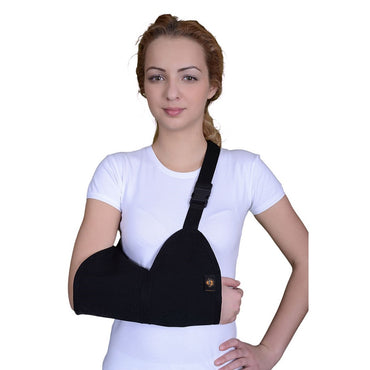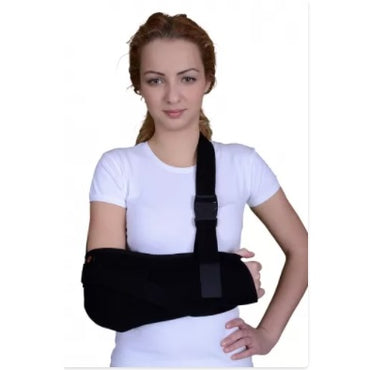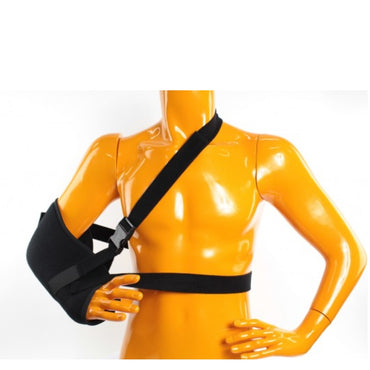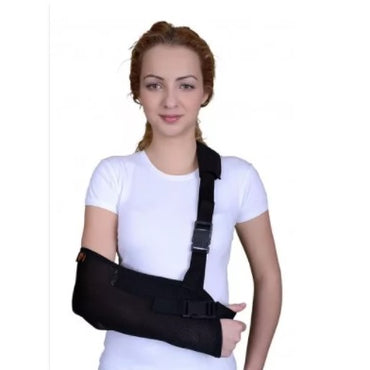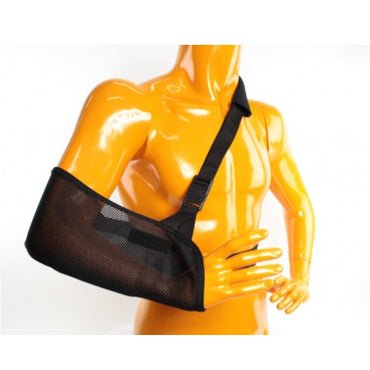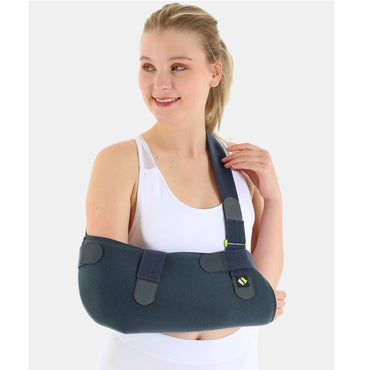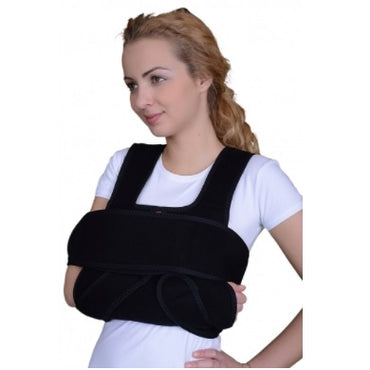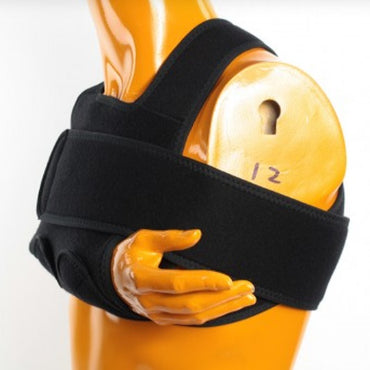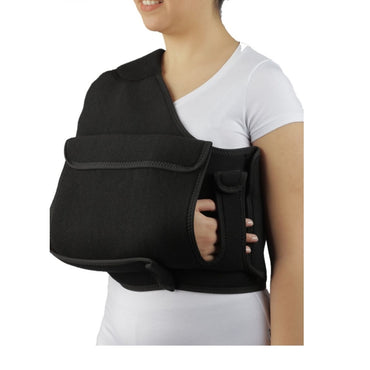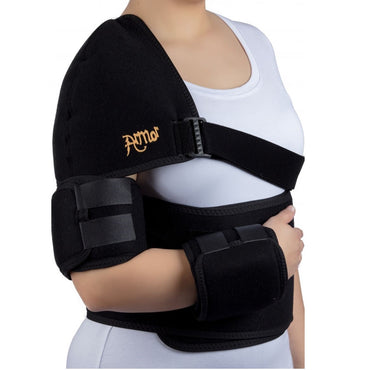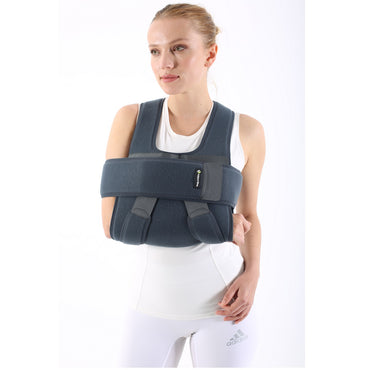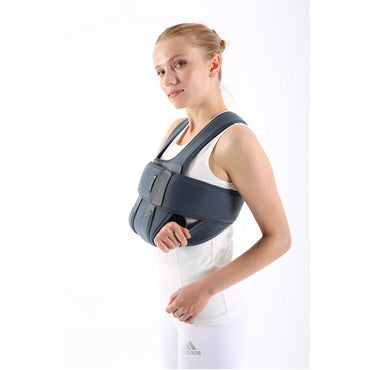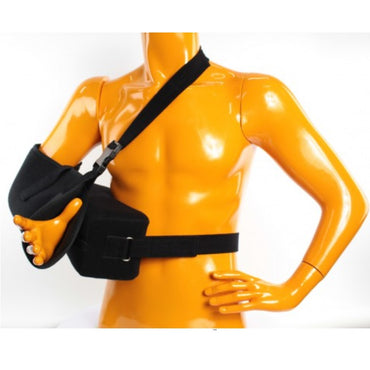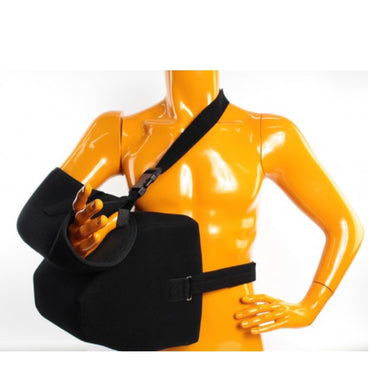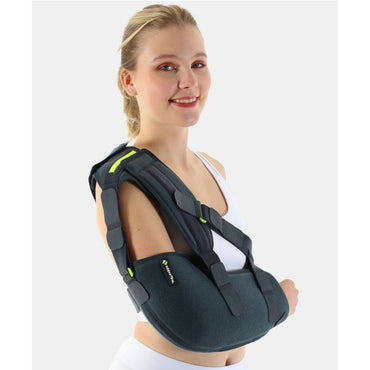Arm Slings & Bandages
An essential piece of kit in any physiotherapist’s office or gym is the arm sling. There are many arm sling types available, and while there are differences between them, they all provide similar support. They reduce movement of the joint following injury, reducing the risk of further complications and allowing your body the time to heal properly. Whether you are looking for an arm sling in Dublin or further afield, you’ll find everything you need here.
Find arm slings in Dublin and Ireland
If you have sprained your elbow, dislocated your shoulder, or broken your arm, an arm sling can provide you with some much-needed relief. They are extremely easy to use, acting as an elevation sling to support your arm and prevent further injury.
The arm sling types vary, allowing you to find the right support for your injury. If you need extra protection, a bandage arm sling is a perfect solution, reducing potential bumps to prevent harm. Others are made with mesh fabrics, enabling the skin to breathe a little easier. If you need extra security, opt for an arm sling with an extra belt.
Trying to choose the right arm sling and elevation sling can be challenging, as you want to protect your arm and help speed up the healing process by reducing further strains. Here at Physiosupplies, we can help. If you have any questions, simply contact us for some honest advice.
FAQs
What are the benefits of using an arm sling?
Arm slings provide support and stability to an injury, in this case, the arm. By immobilising the injured area of the body, you will not only reduce the risk of further injuries but will also help to speed up the healing process.
Which injuries require an arm sling?
Arm slings or elevation slings are often used for sprains, fractures, and breaks in the arm or shoulder. They are also common after shoulder surgery, as they can prevent the muscles around the shoulders from moving too much and disrupting the healing process.
Should you sleep with an arm sling?
Whether or not you sleep with an arm sling on is entirely dependent on the injury you have sustained and the advice of your physiotherapist. If you have broken your arm, they will likely recommend keeping the sling on when you sleep. The most comfortable position might be sleeping on your back with a pillow under the injured arm for additional support.
How long should I use an arm sling?
Physiotherapists will recommend different lengths of time depending on your injury and how your recovery is coming along. Most tend to suggest between two to eight weeks, removing the sling in order to perform daily hygiene.
How to make an arm sling?
If you are not experienced in making arm slings, you may prefer to get one from your physiotherapist or supplier. However, you can make a sling using a large bandage. With the arm supported, you can place the bandage underneath the arm and make it so that the ends go around the neck and are tied to one side.

